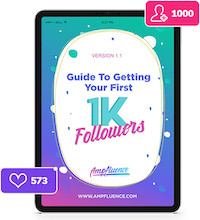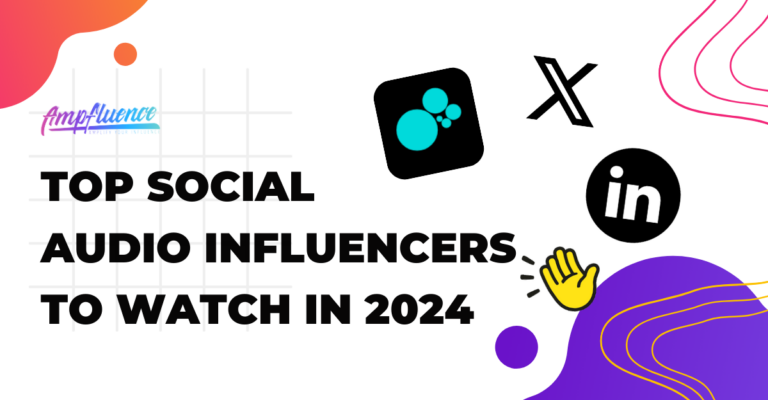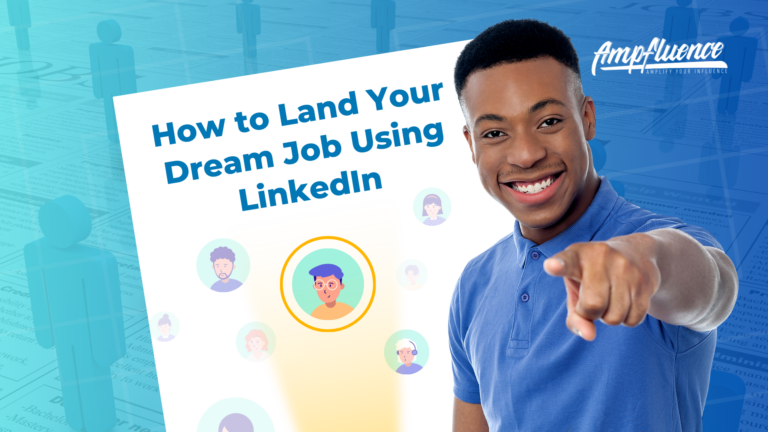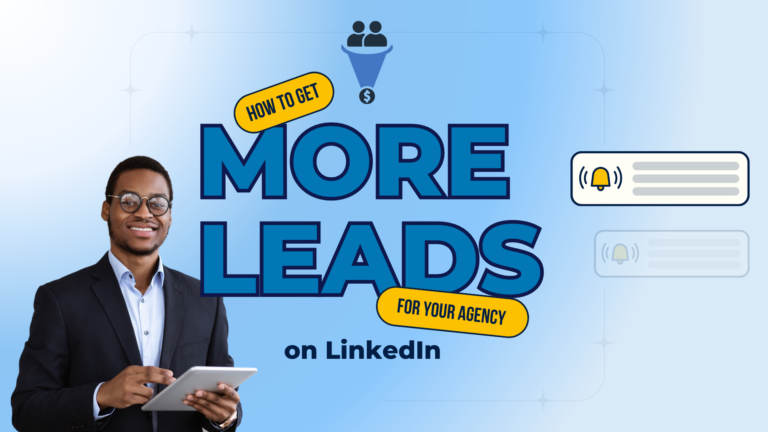Users upload over 500 hours of video every minute on the platform, which perfectly illustrates how big this video-sharing website got relying solely on consumer-generated marketing! But are the benefits of user-generated content substantial enough for smaller businesses to try using it? Are there any pitfalls to watch out for? What are the advantages and disadvantages of user-generated content? That’s what we’re here to find out!
But first, let’s clear up what user-generated content is.
What Is User-Generated Content (UGC)?
User-generated content (UGC), also called user-generated media (UGM) is any type of content or media (music, images, video, etc.) created by consumers. That content is shared and made available for anyone to use. But what makes this type of content stand out?
The most notable benefit of UGC (and why many businesses consider getting on board with it) is that research showed that 70% of consumers are more ready to believe user-generated content than branded content.
This perceived trustworthiness is why brands worldwide are investing in consumer-generated marketing.
OK, that sounds fantastic, but why would users create something for my brand without any compensation? That’s an excellent question, and here are two solid reasons:
- People like to express themselves — with the internet being as widespread as it is today, it’s easier than ever for people to express themselves. That is what motivates most of these creators to make free content and share it with others.
- Creators have other incentives — despite working for free, many of these independent creators have different motivations to make user-generated content. Some of these could be social media contests (with rewards), personal brand exposure, and practice.
Why Use User-Generated Content?
There are many reasons brands readily accept using user-generated advertising, but some of the most common ones are:
- It’s cost-effective — Consumer-generated content is free, so it represents an excellent way for brands on a tight budget to promote themselves.
- It facilitates brand loyalty — Actively highlighting your customers’ work shows your appreciation toward your consumers, making them more likely to come back in the future.
- It promotes authenticity — Showcasing your consumers or their work in your marketing makes your brand more approachable to the masses and helps you seem less corporate and distant.
The above benefits are particularly beneficial for B2C marketing, but that doesn’t mean you cannot leverage them for B2B too!
Pros and Cons of User-Generated Content
Now that we’ve cleared up what UGC is, let’s take a look at the most prominent advantages and disadvantages of user-generated content:
Advantages of User-Generated Content
We’ve already briefly touched upon the benefits of UGC marketing, but here are some additional upsides to incorporating it into your strategy:
1. Encourages Engagement and Drives Conversions
As we’ve mentioned before, consumers trust user-generated content more than content produced by marketers. That is particularly true for product reviews.
That is why encouraging visitors to review your products and services can boost your engagement. At the same time, you will gain an influx of user-generated reviews, which will inevitably drive more conversions. That isn’t just our speculation; there’s data to prove it:
- 46% of consumers trust online reviews from other paying customers.
- 82% of customers stated they believed that user-generated content played a significant role in their decision-making process.
- Brands saw a 25% increase in conversions when using user-generated images instead of professional ones.
- Using UGC in online ads can generate up to four times higher clickthrough rates and up to a 50% drop in cost-per-click.
2. Reduces Your Content Needs
One of the most prominent advantages of user-generated marketing is that you will need less content creation yourself. By using your audience’s creativity, you can make minimal effort to establish a regular online presence and drive traffic to your site.
Also, thousands of heads are much better than one! If you’re ever out of ideas for your content, it’s always wise to turn to your audience.
Relying on your audience for steady content output is exceptionally lucrative as you can save tons of time and cash. By lifting some workload off your content team, you can redirect your efforts into different aspects of your business, such as digital marketing campaigns or nurturing your brand’s image on social media.
Let’s not mention that UGC is sometimes sufficient to keep your revenue flow steady for years. In some industries, it can even single-handedly carry your business.
Let’s take the gaming industry as an example. User-generated content for some games is even more famous than the original titles themselves; it can often extend the life of your product (game) much longer than it ever would have been otherwise.
The most notable examples are games like Warcraft III and Skyrim, which are still played to this day, thanks to the near-endless variety of community-generated mods and content.
Regardless of your business industry, consumer-generated content can help you cut costs significantly and keep your product relevant for longer.
3. Benefits Your SEO
Have you heard before that user-generated content can also benefit your site’s SEO? Now you do! Multiple ways are relying on user-generated advertising can help your website rank higher on Google.
- It can increase your site’s dwell time.
- User-generated reviews can be rich with keywords related to your brand.
- By showcasing your customer review scores in your website’s rich snippets, you can help your website rank higher on SERPs and increase your clickthrough rates.
Since user-generated content is more appealing to the general audience, they will spend more time on your site. Dwell time is one of the factors that Google takes into account when determining your site’s user experience.
Many of those will directly help your SEO ranking when it comes to user-generated reviews, as the detailed ones will contain plenty of keywords. However, remember to moderate your reviews to avoid falling prey to a Black Hat attack against your brand.
Finally, Google gives precedent to search results with rich snippets, such as product ratings, short descriptions, or prices. This information will immediately display on your SERP listing, so make sure to include these to make your page rank higher.
4. Helps Build Trust
Consumers trust user-generated content much more than marketing. A survey showed that 92% of consumers expressed their trust in UGC compared to advertising content. That is why featuring a lot of consumer-generated media can help you build brand trust and credibility. Oh, and pay special attention to your product descriptions and reviews — those are the first places most customers will look!
Disadvantages of User-Generated Content
Although user-generated media is a potent marketing tool, it is far from perfect. There are some significant disadvantages to using UGC that may deter some brands from using it:
1. Negative Content Is Inevitable
Just like UGC can help you alleviate your content needs, it can also provide some damaging content. Regardless of whether we’re talking about poorly written blog posts, negative or inappropriate comments, or poor product reviews, the damage these can do to your brand can be significant.
So you must tread carefully when relying on consumer-generated media to carry your online presence.
Be careful, though! Don’t be overzealous with removing negative content such as poor reviews. Having bad reviews alongside excellent ones is essential for making your brand look authentic. Also, negative reviews are a unique learning opportunity.
You have nothing to lose from them but plenty to learn. To interact with negative feedback by acknowledging it, and you’ll improve your brand’s image instead of tarnishing it if you were to just delete the review in question!
2. Requires Close Supervision
This downside of consumer-generated marketing is connected to the previous one. As we’ve already mentioned that getting negative content is inevitable, and you will need someone to supervise it.
Having to find a person to monitor all UGC before publishing (or reviewing it afterward if we’re talking about user reviews) takes time and money.
And no, you can’t cut costs by deciding not to moderate user-generated content. If you do, you might fall victim to a Black Hat SEO attack. By the time you notice it, the damage might have already been done.
3. Unknown and Unreliable Sources
Another prominent problem of UGC is that of unknown and unreliable sources. Some people might be reluctant to trust a random person with no authoritative background. However, that is not the only issue that arises.
With so many different content contributors, it’s easy to abuse the system with aliases and fake accounts. The same applies to user reviews. That is why some users might not be inclined to trust UGC as much as others.
4. The Legality of It All
If you decide to opt for UGC campaigns, you will need to be well-familiarized with all the legal aspects that come with them. But what do we mean by that? It’s quite simple.
Let’s say you were to start a social media campaign and ask your users to take pictures of themselves with your products. If you did that, you wouldn’t be able to use those photos yourself without explicit permission from the users in question (even if they were using your hashtag).
You see, the authors of the photographs own all the rights to them. That is why you’d have to write an outreach email or message them all to ask for permission to use their content. This issue is not a major one, but it’s tedious nevertheless.
Wrapping Up
So is user-generated content a worthy investment? If we had to answer that question, we’d have to say yes! Like everything else in life, UGC has its fair share of pros and cons, but we think the benefits outweigh the downsides. If you plan to include UGC in your next campaign, just make sure to stick to our tips above, and you should be fine!












2 Responses
As a content-maker, I understand the paramount importance of crafting well-written articles. In today’s digital landscape, user-generated content dominates platforms, emphasizing the significance of producing high-quality written content. With over 500 hours of video uploaded per minute, businesses, especially smaller ones, can benefit immensely from creating compelling articles that resonate with their audience. Well-written articles have the potential to engage readers, Check This Out if you need writing help. By prioritizing the creation of valuable and captivating content, businesses can effectively navigate the user-generated content landscape and stand out amidst the abundance of digital noise.
It’s good day to start heardle